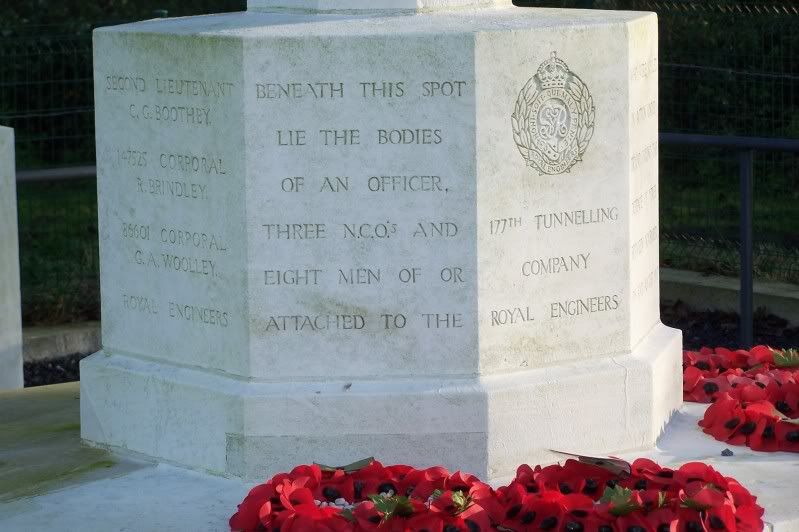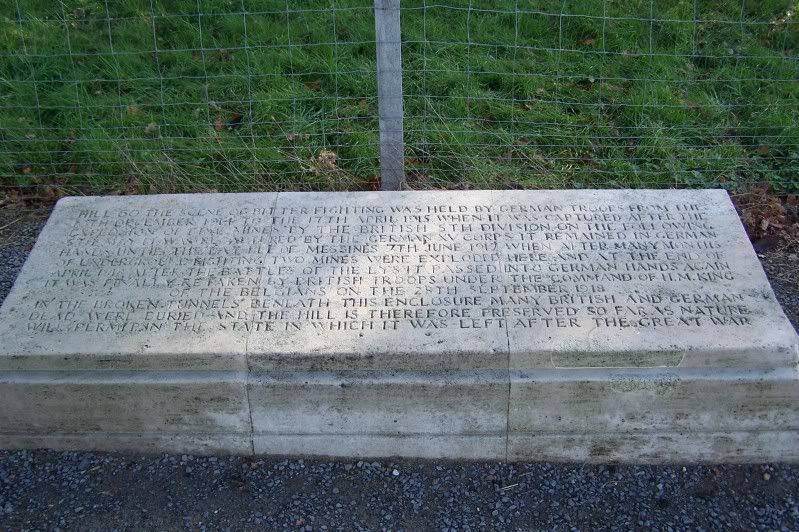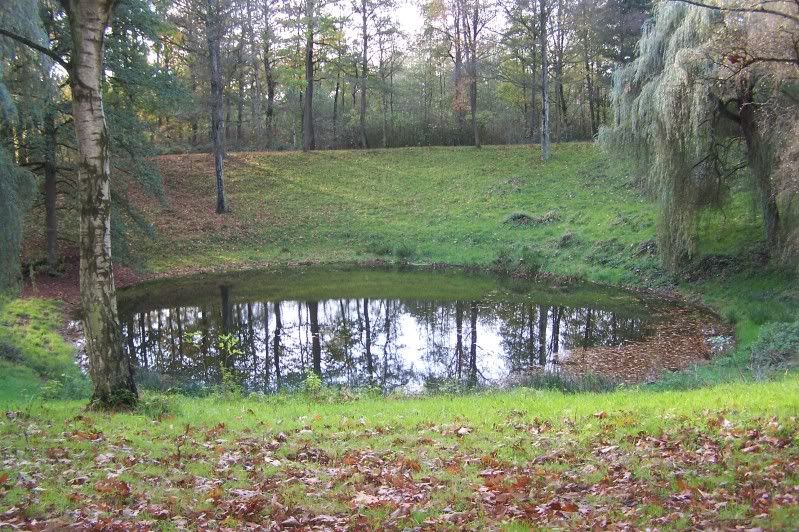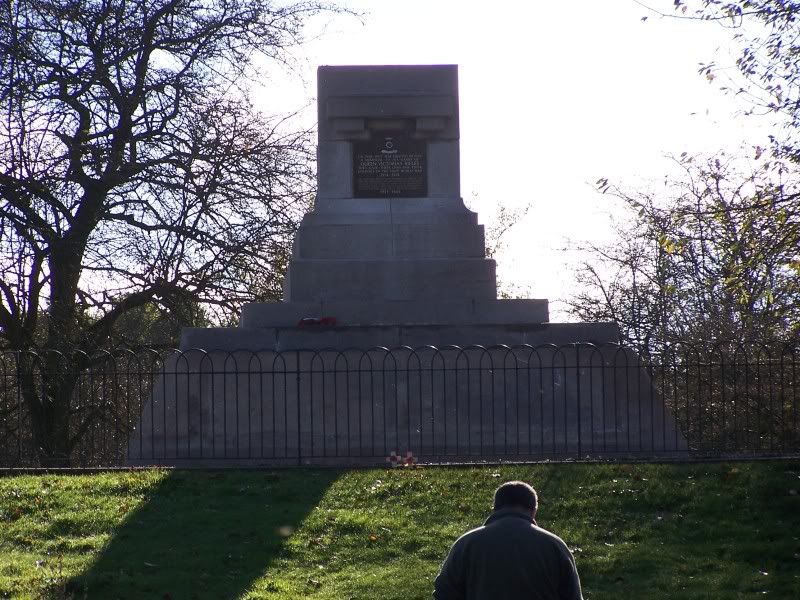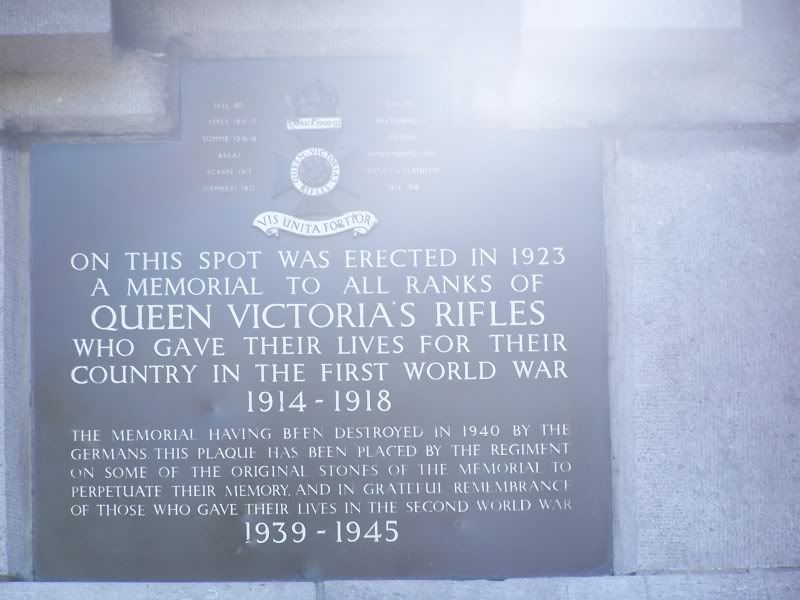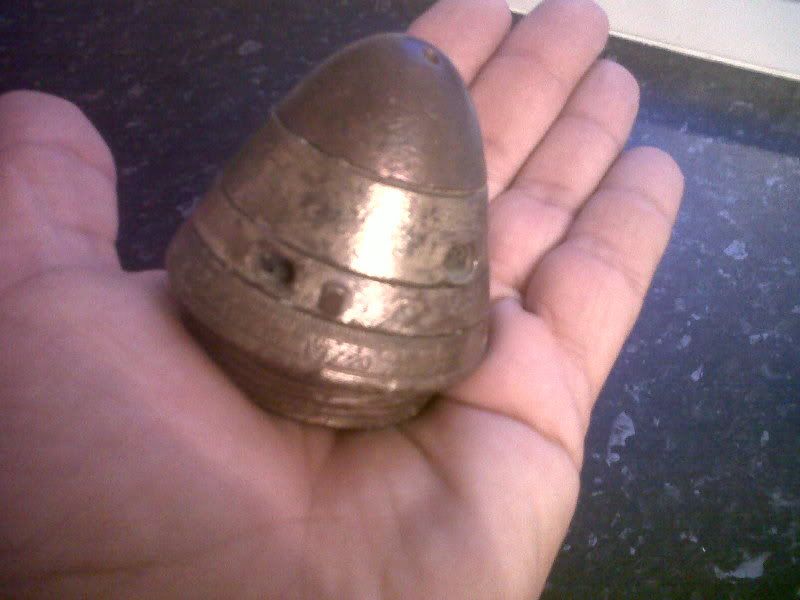MontyB
All-Blacks Supporter
The 'Pompeii' of the Western Front: Archaeologists find the bodies of 21 tragic World War One German soldiers in perfectly preserved trenches where they were buried alive by an Allied shell
Men were killed when a huge Allied shell exploded above the tunnel in eastern France in 1918, causing it to cave in
Engineers find trench network 18ft beneath the surface near town of Carspach while excavating for a new road
Scene likened to Pompeii after skeletal remains found in same positions the men had been in at the time of the collapse
By Graham Smith
UPDATED: 18:37 GMT, 10 February 2012
The bodies of 21 German soldiers entombed in a perfectly preserved World War One shelter have been discovered 94 years after they were killed.
The men were part of a larger group of 34 who were buried alive when a huge Allied shell exploded above the tunnel in 1918, causing it to cave in.
Thirteen bodies were recovered from the underground shelter, but the remaining men had to be left under a mountain of mud as it was too dangerous to retrieve them.
Nearly a century later, French archaeologists stumbled upon the mass grave on the former Western Front in eastern France during excavation work for a road building project.
http://www.dailymail.co.uk/news/art...rench-perfectly-preserved-94-years-later.html
Men were killed when a huge Allied shell exploded above the tunnel in eastern France in 1918, causing it to cave in
Engineers find trench network 18ft beneath the surface near town of Carspach while excavating for a new road
Scene likened to Pompeii after skeletal remains found in same positions the men had been in at the time of the collapse
By Graham Smith
UPDATED: 18:37 GMT, 10 February 2012
The bodies of 21 German soldiers entombed in a perfectly preserved World War One shelter have been discovered 94 years after they were killed.
The men were part of a larger group of 34 who were buried alive when a huge Allied shell exploded above the tunnel in 1918, causing it to cave in.
Thirteen bodies were recovered from the underground shelter, but the remaining men had to be left under a mountain of mud as it was too dangerous to retrieve them.
Nearly a century later, French archaeologists stumbled upon the mass grave on the former Western Front in eastern France during excavation work for a road building project.
http://www.dailymail.co.uk/news/art...rench-perfectly-preserved-94-years-later.html

